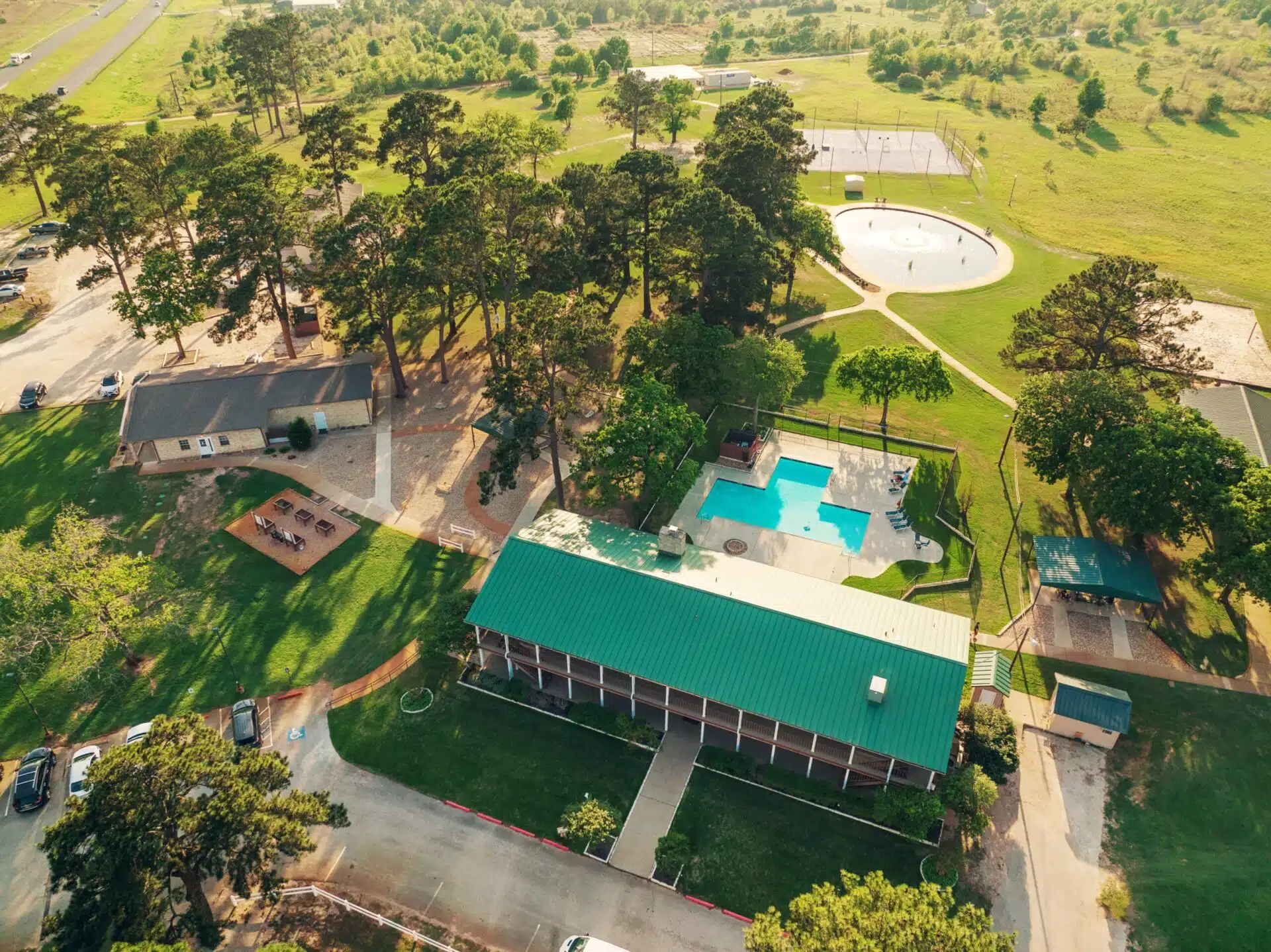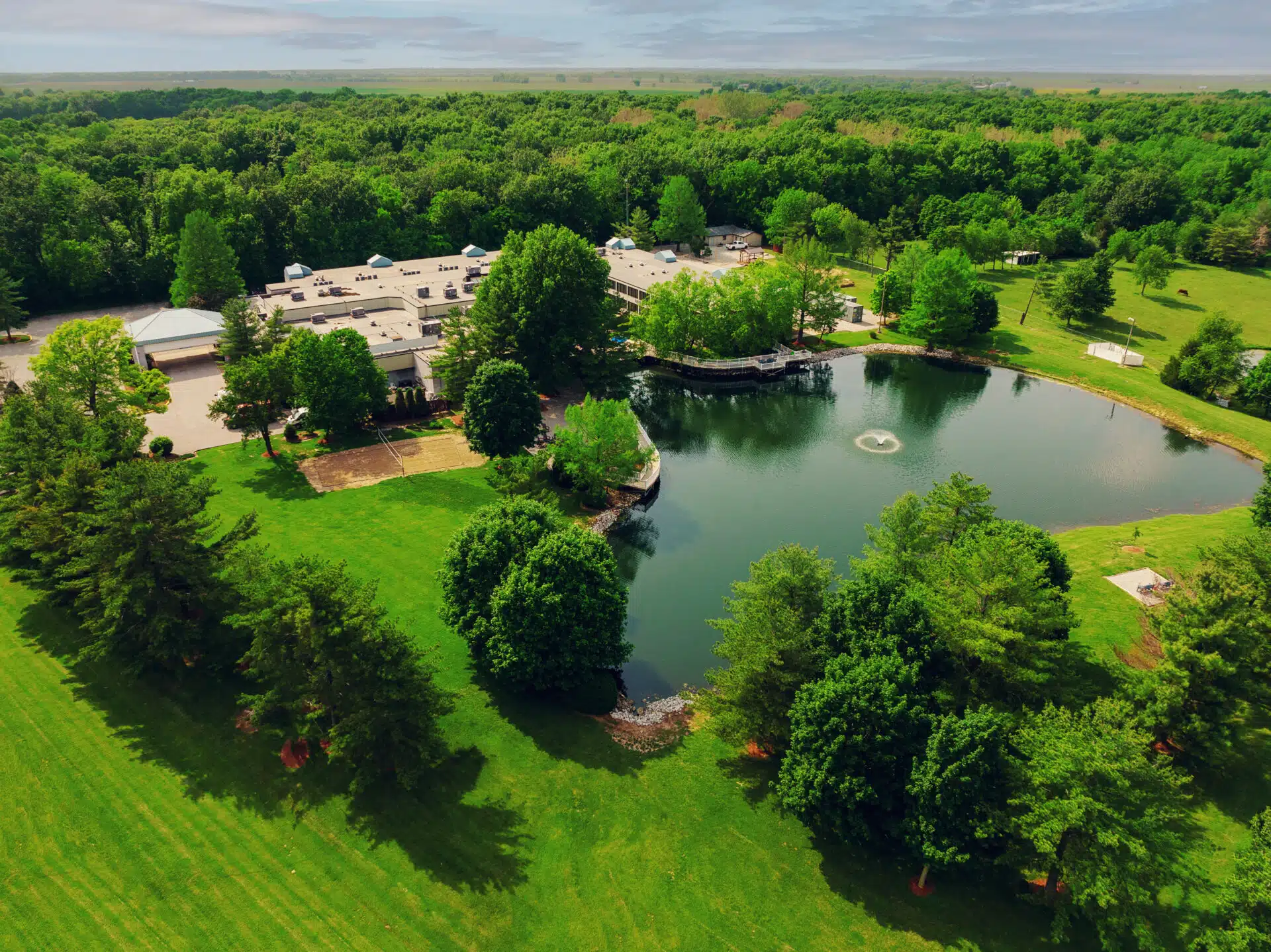Biofeedback therapy might sound scary to many, but it has proven to offer many benefits for those working to overcome substance use disorders. What is this type of treatment, and how can it target addictions? The more you know about this type of treatment, the more able you will be to make an educated decision when deciding whether to incorporate it into your recovery program.
What is Biofeedback?
Despite its complex name, biofeedback is a fairly simple type of treatment. According to Mayo Clinic, this is a method to help with controlling the physiological processes within the body such as heart rate, breathing, sweating, and muscle contraction. It comes from the term “bio” which means body, and the word “feedback,” meaning response.
The idea is that when a person can understand the way that their body responds to certain situations, they can identify these physical symptoms and adjust their emotional reactions to potentially triggering or stressful situations. This is a type of treatment that gives people information regarding the way our physical functions work so they can be changed or modified.
When asking what is biofeedback, it’s important to understand the general steps of the treatment:
Connecting of electrical sensors
The first stage of biofeedback therapy involves being connected to sensors that will detect many different physiological functions including:
- Brain waves
- Heart rate
- Respiratory rate
- Muscle contractions
- Sweat glands
- Body temperature
After one is connected to the sensors, it is possible to see an image or representation of the way that each function works in the body.
Interpretation of data
Once enough information is gathered about the body responses of the person undergoing therapy, a specialist will explain each of the results. They will help the person being treated to understand ways that they can help to change the physiological responses to situations, depending on the recovery goals the individual has set.
With time, it is possible to learn how to understand the information without help, which can increase each person’s awareness of how they react to different potential substance use triggers, how they are functioning on an average day, and how to use this information to reach recovery goals.
Response modification
Biofeedback therapy has the goal of getting as much information about a patient’s body and physiological functions to help them change the way they respond to certain situations. An example would be if one who undergoes this therapy experiences emotional “triggers,” that might make them want to drink or use substances. By being able to identify these functions at heightened stress, the patient can use biofeedback therapy to help change their responses. When one can modify the way their body responds, they can potentially reduce the likelihood that they will relapse. Talk to a Intake Coordinator
Take The First Step Towards Recovery
Examples of Biofeedback Therapy Exercises
Many want to know how biofeedback works. Simply put, once a patient can understand what their body is doing during times of stress, they can learn ways to help offset these responses.
Deep breathing
Deep breathing has been shown to lower stress levels in all kinds of situations, and even small children can learn to embrace a deep, calming breath to help them work through frustrations and stress. In the case of those who are working to overcome substance use disorder, deep breathing is used to help one in recovery to stay calm when stressors are present.
Biofeedback presents a type of precision in the fact that the person undergoing the therapy gets to see how their heart rate and respiration respond to stress. Then, the patient performs deep breathing exercises by slowly inhaling, holding their breath for a few seconds, and slowly exhaling. Once done several times, the patient gets to see the results, as more information is gathered. If the biofeedback information is positive, those in therapy can use these methods any time they experience stressful situations.
Progressive muscle relaxation
This exercise is done with the help of a therapist that verbally instructs the patient to loosen certain muscles. Sometimes, people keep their muscles tense, even if they aren’t aware of it. The constant tension of the muscles is also related to many anxiety disorders. Progressive muscle relaxation has been shown to reduce stress and chronic pain.
Guided meditation
Often, people that struggle with substance use disorder and mental health disorders have hyperactive brain wave feedback during biofeedback therapy. This over-response to what should be normal stimuli may benefit from using guided meditation. With the help of a therapist, the patient listens and follows through with verbal imagery that helps them overcome:
- Negative thoughts and feelings
- Anxieties
- Trauma
- Substance use disorder problems
- Depression
- Other mental health disorders
The purpose of guided meditation is to use the power of suggestion to help calm the mind and ease racing thoughts. It is believed that people are more open and willing to follow through with a suggestion when they are in a relaxed state, which is similar to hypnotherapy.
Neurofeedback Therapy
Many ask, “Does biofeedback work for substance use disorder problems?” It’s been shown that it can be extremely beneficial to any addiction treatment program. This treatment approach is effective because it integrates all the physical, mental, and emotional aspects of substance use disorder.
The idea is that if a person understands the connection of thoughts and emotions with how the body responds, they will be more motivated to change how they view potential addiction triggers. Changing the way one sees triggers can be helpful in avoiding stress, reducing withdrawal symptoms, and overcoming addiction cravings.
Addiction treatment through biofeedback is most effective under neurofeedback therapy. Otherwise known as Electroencephalogram (EEG), brain waves are measured when presented with several stimuli. The goal of neurofeedback therapy in addiction treatment is to improve self-regulation or self-control when exposed to triggers.
Biofeedback and Neurofeedback Therapy
Specifically, how does a typical neurofeedback therapy session for addiction look? In treatment sessions that target addiction problems, patients might expect:
Biofeedback and Overcoming Addiction
Since biofeedback therapy is non-invasive and considered a behavioral therapy approach, many who are working to overcome addictions are quick to prefer this method in their treatment. If you want to know if this is a good fit for you or a loved one suffering from substance use disorder, here are some questions to ask:
Do I have any contraindications to using biofeedback equipment?
Some people have pacemakers and other surgically placed metal devices that may be affected by biofeedback therapy. It is best to consult a healthcare professional regarding this matter.
Do I want an integrated approach in addiction treatment?
Biofeedback behavioral therapy helps patients understand the scientific and emotional aspects of their substance use disorder disorder. If you would prefer to go in a more spiritual type of treatment, you may be a better fit for options such as 12-Step Rehab.
Do I have a severe addiction?
Biofeedback therapy best works for patients who have already overcome the initial stages of addiction. Some signs of severe addiction include experiencing withdrawal symptoms and a high level of dependency. Many high-quality rehab centers recommend going through detox as the first part of treatment, then proceeding to this behavioral approach in targeting the underlying causes of addiction. If you have a severe addiction, you should consult a specialist regarding the best treatment options.
Biofeedback: Awareness is Key
The main principle of biofeedback is giving individuals an increased awareness of how thoughts and feelings affect their bodies. Just like how we rally for awareness in various social causes, being aware of our own mind, heart, and body is the key to overcoming any problem–including substance use disorder.
Sources
Medical disclaimer:
Sunshine Behavioral Health strives to help people who are facing substance abuse, addiction, mental health disorders, or a combination of these conditions. It does this by providing compassionate care and evidence-based content that addresses health, treatment, and recovery.
Licensed medical professionals review material we publish on our site. The material is not a substitute for qualified medical diagnoses, treatment, or advice. It should not be used to replace the suggestions of your personal physician or other health care professionals.







